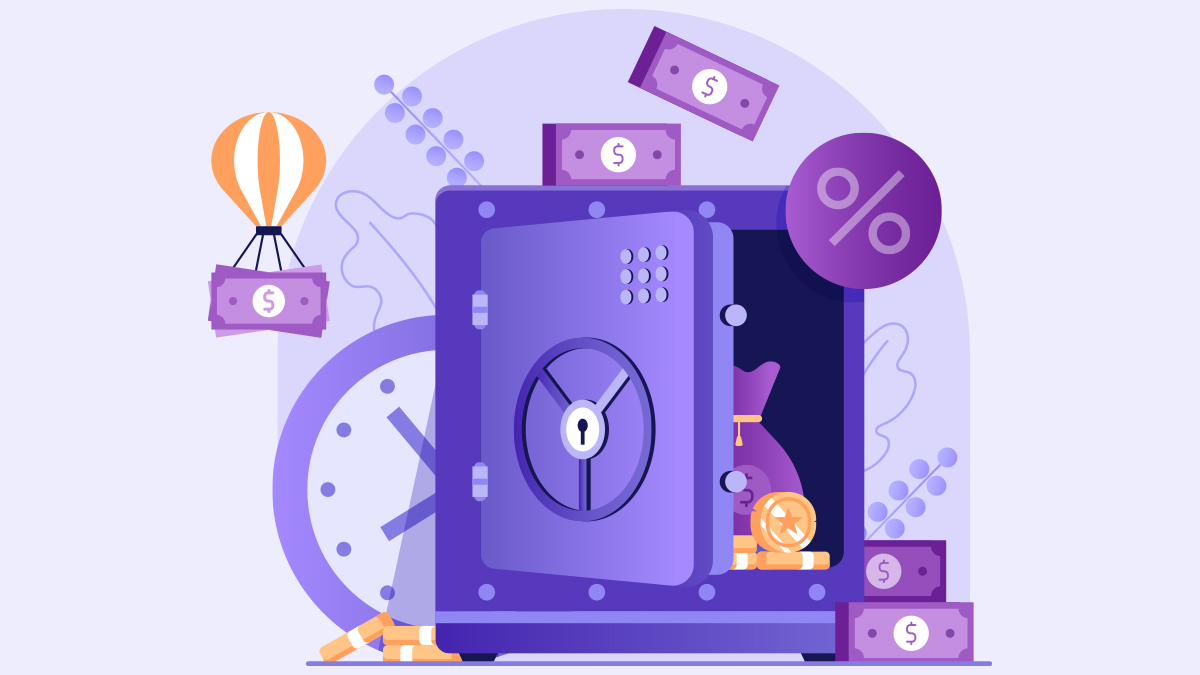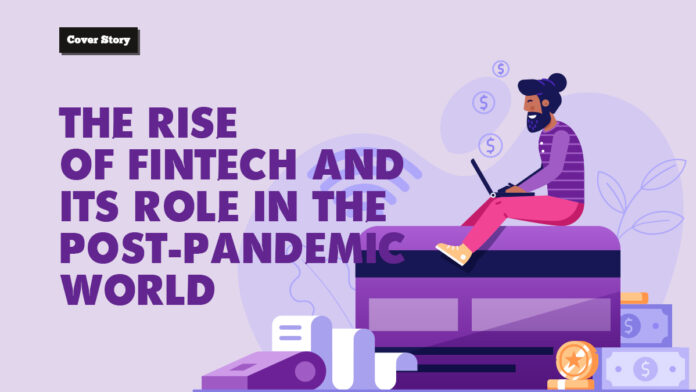Financial technologies (or Fintech) have come a long way since their “inception” in the late 19th century. Yes, Fintech is that old, but not for the reasons you might think.
Fintech is typically defined as the technology to improve financial and banking services. Ever since the development of banks, Fintech has technically existed.
History of Banking and Fintech

Banking has its roots in ancient Mesopotamia. Historians point out that as early as 2000 BCE, there were prototype banks that loaned grain to farmers in the Assyrian civilization. There were also prototype banks among the ancient Greeks, Romans, and many other civilizations. There are stories of a “banking” system used by the Templars Knights to aid pilgrims in their journey to the Holy Lands in medieval times.
However, the consensus is that the modern banking system has its roots in the merchant banks of renaissance Italy, where wealthy merchant families started lending money and offering loans. This persisted until the 15th century, when the English created banknotes and, later, the Bank of England, one of the first central banks in the world.
But if we speak of Fintech, its root would be in the 19th century, when the first transatlantic cables enabled electronic fund transfer using the telegraph or morse codes. Fintech would boom from the late 1960s with the arrival of the first ATM in 1967 and the founding of NASDAQ (the first digital stock exchange) and SWIFT (a communication protocol for financial institutions) in the 1970s.
The age of computers and the internet would be the next giant leap in Fintech, most notably in the late 1990s with the launch of Paypal, which sparked a boom in e-commerce transactions. It became the number one choice of payment when buying from internet auctions from sites like eBay. Coincidentally, eBay bought Paypal in 2002 to become its primary mode of payment before it became a separate site in 2015.
Banking moves to the digital sphere

The internet age saw the rise in digital banks. Digital banks are banks that, at every level, have been digitalized or adopted new technologies to give patrons a much more convenient banking experience.
Initially, brick-and-mortar banks started offering online banking solutions for traditional services. Now, banks can offer far more services than simple balance inquiries or fund transfer transactions. Online banking now includes services such as accepting payments and even cheque deposits via your smartphone’s camera. Eventually, banks expanded their online offers, with some starting their e-wallet services, thus kicking off the cashless revolution.
The continuous development of telecommunication created the infrastructure that paved the way for digital banks, which no longer have physical offices but instead have all their services accessible on your smartphone. In the Philippines, the Banko Sentral ng Pilipinas (BSP) has accredited six digital banks as of 2022, with more expected in the coming years.
Accrediting digital banks and financial institutions was also part of the BSP’s digitalization goal. The country’s central bank aimed to shift the country’s transactions from the traditional coin and paper to a heavily digital economy by 2023, with 50% of all transactions becoming digital. To achieve this, the central bank wants 70% of the adult population to have a bank account by 2023. We’ll have to wait and see if this goal is achieved by year-end.
The pandemic and the future of Fintech

The trajectory of Fintech innovation has skyrocketed in the past few years. In the last three years alone, many embraced Fintech and e-commerce as their primary choice of transaction, no thanks to the COVID-19 pandemic.
A study by PwC in 2020 saw a 35.5% global traffic increase in retail e-commerce platforms from January to June 2020. At the same time, a March 2020 Forbes poll found that the pandemic was the primary cause of digital transformation for many businesses.
Fintech provided a possible backbone for the continuation of the world’s economy. During a time when physical contact needed to be limited, cashless payments became the norm. Shopping shifted from your usual mall browsing to online browsing on different platforms.
Two years since the worst of the pandemic, our reliance on Fintech solutions and platforms continues. E-wallets have become the norm of payment in major retail establishments. Most banking is done on smartphones, and online shopping has never been better.
A 2022 article in the Harvard Business Review pointed out that fintech companies have a collective global value of USD5-trillion, with growth expected to be above 23% in the next four to five years. This, the article explains, can be credited to Fintech’s promise to reach the unbanked while strengthening financial health and promoting digital security.
Fintech will continue to grow in the foreseeable future, although how remains an enigma. There are possibilities for integration with blockchain technologies to provide a safer and more transparent banking system. Another possibility already being considered by several countries is a central digital currency. Technology will definitely impact the world of finance in many ways, and one thing is for sure, it will be for the betterment of all.
Words by Gabriel Pe
Also published in Gadgets Magazine February 2023 Issue.
